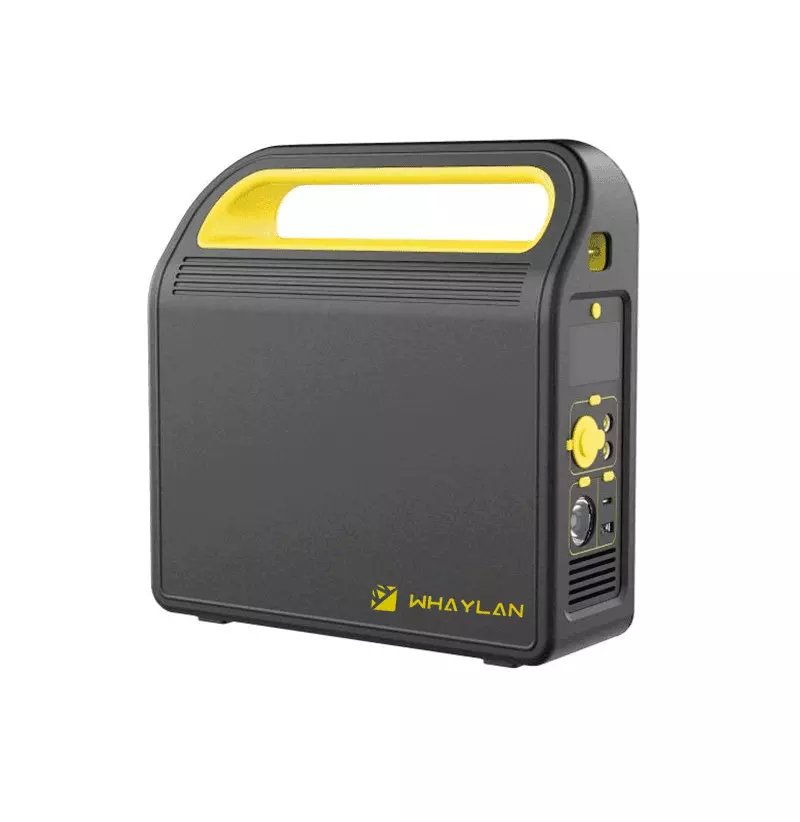It's quite common to come across issues with a crystal oscillator in a microcontroller. If you're experiencing problems with your oscillator not starting or running unstable, you're not alone. So, what could be causing this issue?
Let me give you a detailed overview of the possible reasons:
1. **PCB Layout Errors** – Incorrect wiring or poor layout can lead to signal integrity issues, preventing the oscillator from functioning properly.
2. **Faulty Microcontroller** – Sometimes, the problem isn't with the oscillator itself but with the microcontroller. A defective chip might fail to recognize or drive the oscillator correctly.
3. **Poor Quality Oscillator** – Using a low-quality or counterfeit crystal can result in instability or failure to oscillate.
4. **Mismatched or Faulty Capacitors** – The load capacitors connected to the oscillator must match the specifications of the crystal. Even a small mismatch can prevent it from working.
5. **Moisture on the PCB** – If the board is damp, it can cause unexpected impedance and prevent the oscillator from starting.
6. **Long Oscillator Traces** – Long traces on the PCB can introduce unwanted capacitance and inductance, disrupting the oscillator’s performance.
7. **Shorting Between Crystal Pins** – If there are unintended connections between the pins of the crystal, it may not function as expected.
8. **Interference from Peripheral Circuits** – Other components on the board, especially high-frequency ones, might interfere with the oscillator’s operation.
**Here are some recommended troubleshooting steps:**
1. **Check the Circuit Design** – Compare your layout with the manufacturer's recommended design for the specific microcontroller model. This helps identify any potential wiring mistakes.
2. **Test External Components** – Since peripheral components like resistors and capacitors are usually easy to replace, test them one by one to rule out faults.
3. **Try Different Crystals** – It’s important to test multiple crystals to ensure that the issue isn’t with the oscillator itself. Some crystals might be damped or damaged.
4. **Adjust Capacitance Values** – Try different capacitor values at both ends of the crystal. The correct capacitance is crucial for proper oscillation. Always refer to the crystal’s datasheet for guidance.
5. **Optimize PCB Routing** – Keep the oscillator circuit traces as short and direct as possible, and place the crystal as close to the microcontroller as feasible. Avoid long traces between the crystal’s pins to minimize interference.
By systematically checking each of these factors, you can often identify and resolve the issue. Remember, patience and careful testing are key when dealing with oscillator problems.
300W Power station 
Whaylan Portable Energy Storage power is lightweight,compact, and easy to carry. It also fits with common camping appliances and can charge your equipment at any time. With its pure sine wave and no damage to appliances, it has always been the first choice for backcountry campers.
300W Power station,300wh power station,portable power station,the power station
suzhou whaylan new energy technology co., ltd , https://www.xinlingvideo.com